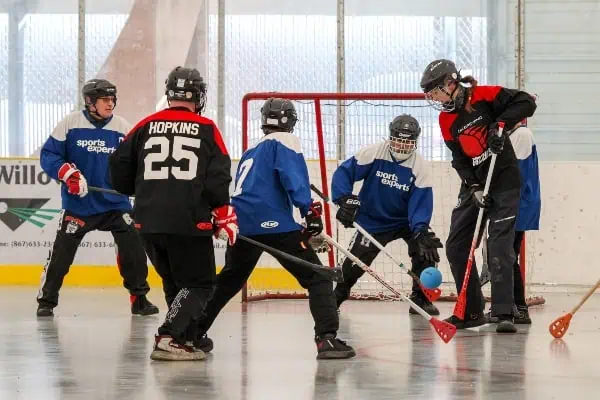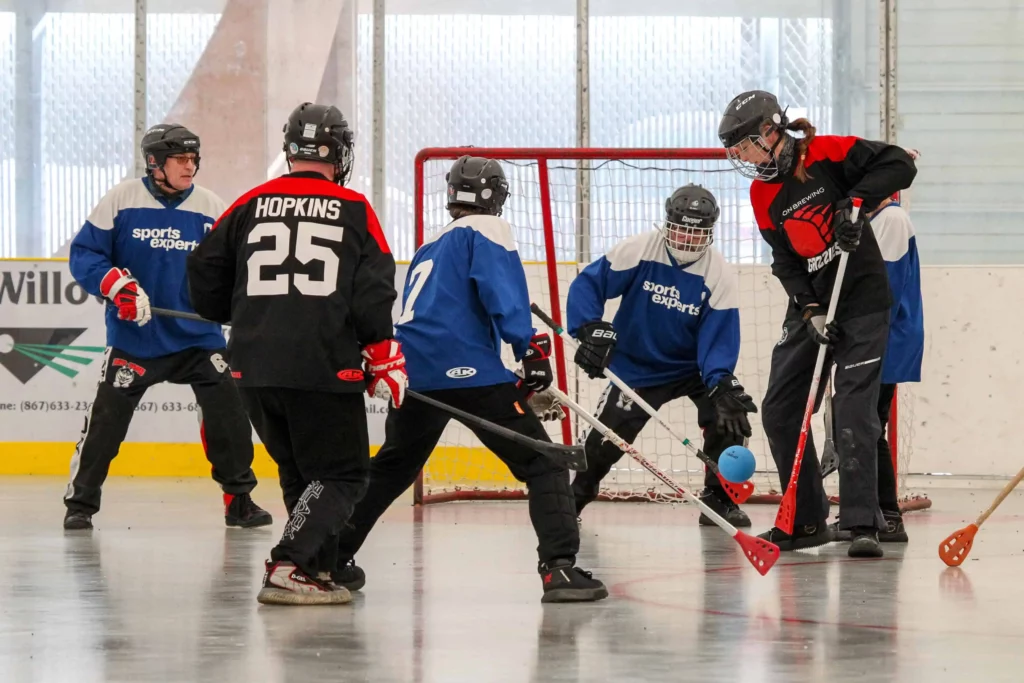If you have a passion for history and fighting to the death — without the death — there’s a new activity in the Yukon that is just right for you.
Medieval combat is a martial art based on historically accurate medieval equipment and rules. You can get a taste of it at Yukon’s first medieval fighting tournament, July 3 to 5 at the biathlon range.
This particular martial art began in eastern Europe with battle re-enactments. With increasing interested in the fighting aspect of the battles, the sport grew. It now has two international governing bodies for a variety of battle categories.
The categories consist of longsword, sword and shield (all swords are blunted), and pole arms (weapons on poles).
Competitions can be one-onone duels, judged on a point system. There are also team battles with 5, 10, 16, and 21 people per side, which are won when only one person is left standing.
Jose Martinez Amoedo is a member of the Spanish national team for medieval combat. Now a resident of Mayo, he recognized that if he wanted to maintain his skills, he had to get more people involved.
He began teaching and now has 40 to 50 Yukoners training. “I want to keep it open for everyone. I started with fencing and western martial arts as they were practiced in the middle ages. “You want to acquire some skills in handling the longsword, the sword and shield, the pole arms, and have some basic ideas of how to throw people down. “From there you move on to fighting in armour as people acquire the right equipment.”
The armour is a fundamental component of the sport. Competitors need a full protective suit in order to withstand forceful blows from steel weapons, as well as full body contact.
In sanctioned events, equipment is inspected for historical accuracy, and one’s components must be accurate within a 50-year time frame, although opposing competitors do not need to match historically.
Because of cost and ease of construction, most equipment is accurate to the late-14th and early-15th centuries.
Though the equipment may sound complicated, Martinez Amoedo points out that you can get a full set of equipment for under $2000, while a quality mountain bike (without armour), can easily run twice that amount.
A person with decent skills can also make various pieces of equipment. “In the middle ages, acquiring plate steel was a real undertaking. Nowadays you just order steel of the right hardness and in a backyard workshop you can make a number of things,” Martinez Amoedo explains.
More complicated pieces such as helmets, gauntlets, or greaves (for the shins) might need to be purchased.
Currently some members of the group are making armour consisting of plates riveted to leather that hangs over one’s chest and back.
Martinez Amoedo encourages people to experience a match via video, or in real life if possible. It is a visceral and enticing experience to witness. He says the experience of fighting is also unlike any other. “The thing that strikes you the most is the sound. It’s much, much louder than you’d expect. “When you’re fighting and you’re getting a poleax to the helmet, it’s like being inside a thunderstorm, it’s a tremendous sensory overload at first. You have to train yourself to keep fighting in spite of the violence and the noise. You’re not going to get hurt.”
For those that have always wanted to be poleaxed, but aren’t yet ready to commit, the free event at the biathlon range from July 3 at 6 p.m. to July 5 is a great place to take a spear to the chest.
The event will feature a tournament, as well as medieval costumes —international events require the venues and civilian clothing to be consistent with the period.
Newcomers can try out some of the equipment and there will be introductory workshops.
Visit Company of the White Wolf on Facebook, or contact [email protected] for more information.




